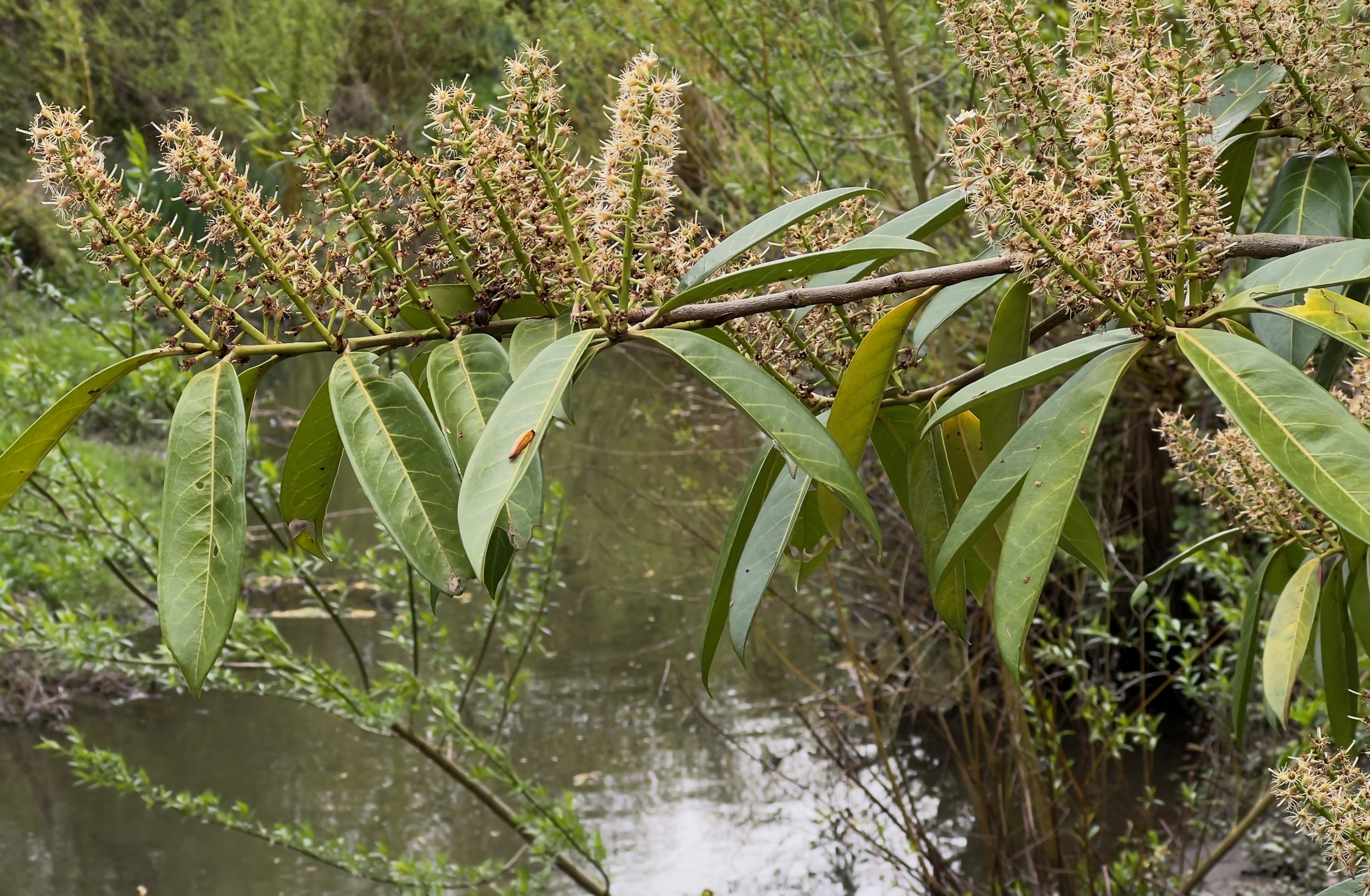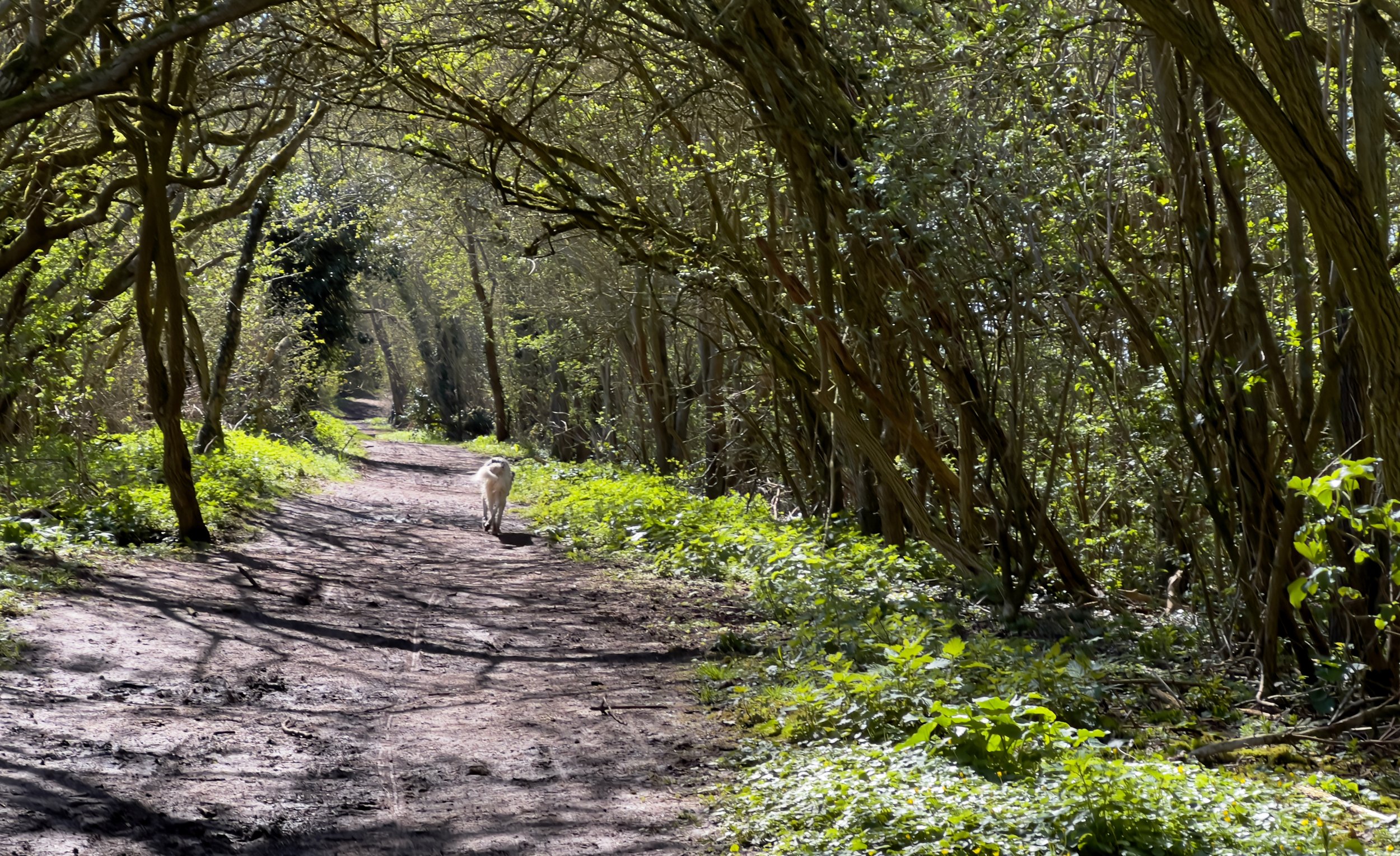Trees
Much of our natural environment depends on trees, maybe now more than ever. England is lucky enough to be covered in this vegetation, but levels are dropping - England now only has 13% of the amount of trees that it once did.
These trees were photographed in early spring, but the hazy mist is actually smoke from a nearby logging facility.
This is a Cherry Laurel tree, in a park in Gloucester.
Cherry laurel trees, scientifically known as Prunus laurocerasus, are evergreen shrubs or small trees native to Europe and Asia Minor. They belong to the Rosaceae family, which also includes roses, apples, and plums. Cherry laurels are popular ornamental plants due to their glossy, dark green leaves and attractive, fragrant white flowers that bloom in spring.
These versatile trees can be used as hedges, screens, or specimen plants, providing year-round interest in the landscape. They are generally low-maintenance and grow well in various soil types, but prefer well-draining, fertile soil. Cherry laurels thrive in full sun to partial shade and are relatively drought-tolerant once established.
However, they can be susceptible to pests like aphids, scale insects, and borers, as well as diseases such as powdery mildew and leaf spot. Pruning is necessary to maintain their desired shape and size, and should be done after flowering to avoid disrupting the blooming process.
Caution is advised, as cherry laurel leaves, seeds, and twigs contain cyanogenic glycosides, which release toxic hydrogen cyanide when ingested or damaged. This makes them poisonous to humans, pets, and livestock. Despite this, cherry laurels remain a popular choice for gardeners seeking a beautiful, hardy plant to enhance their landscapes.
This shot of a group of trees and a dog was taken on an early spring morning at the local water park, with the paths winding round the lakes.



